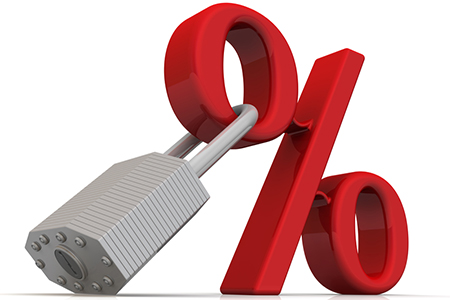Mortgage Interest Rate Prediction
The Federal Reserve kept the benchmark rate unchanged on Wednesday, in a divided vote that alludes to the possibility of a hike before the end of the year.
“The Committee judges that the case for an increase in the federal funds rate has strengthened but decided, for the time being, to wait for further evidence of continued progress toward its objectives,” the Federal Open Market Committee (FOMC) released in statement. “The Committee expects that economic conditions will evolve in a manner that will warrant only gradual increases in the federal funds rate; the federal funds rate is likely to remain, for some time, below levels that are expected to prevail in the longer run.”
“Our decision does not reflect a lack of confidence in the economy,” Fed Chair Janet Yellen said in a press conference, later adding, “We’re generally pleased with how the U.S. economy is doing.”
Chances of a hike improved after Yellen made note of the economy’s supportive environment during a speech in August, but softening indicators proved otherwise: the U.S. Bureau of Labor Statistics reported modest employment data this month, and housing starts came in less than anticipated in August, among other factors. Still, household wealth grew over $1 trillion in the second quarter of this year (with owner equity at its highest in a decade), and household spending has picked up significantly.Today’s action was largely expected by analysts as policymakers stood fast this summer, despite initially forecasting four hikes this year. The federal funds rate informs the trajectory of mortgage rates, which remain at historic lows.
TransUnion researchers recently found some nine million credit-active consumers would experience “payment shock” if the federal funds rate rose 0.25 percent—the majority of all credit-active consumers, however, would see monthly payments increase a paltry $6.45.
The Fed last raised the key rate in December
.



